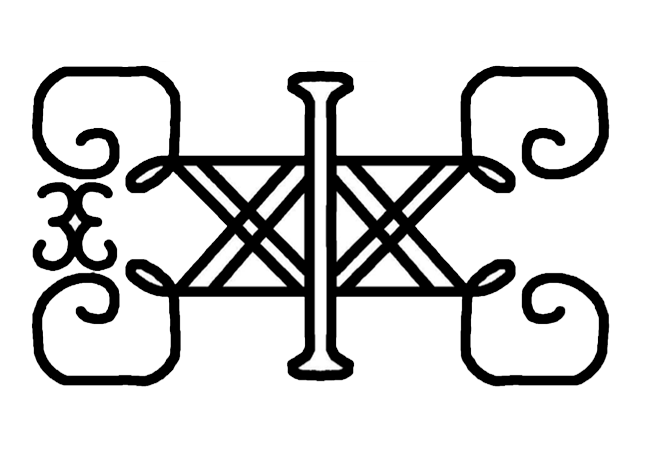When the first Europeans began to arrive on the coast of Maine in the late 16th century, they encountered a rich tapestry of indigenous cultures. The region was inhabited by three distinct Algonquin-speaking ethnic groups, each with their own unique customs and ways of life. Samuel de Champlain would be the first European to come in contact with all three groups, and he called them Etchemin, Souriquios, and Armouchiquois. The Etchemin were located along the central coast in the woodlands between the Kennebec and St John River Valleys. They were flanked on their northeast by the Souriquios and to their southwest by the Armouchiquois. The Armouchiquois and Abenaki were corn, bean, and squash farmers, while the Souriquios and Etchemin were strictly hunter-gatherers. This diversity of lifestyles and cultures is a testament to the richness and complexity of the indigenous societies in Maine.
‘Souriquois’ was a French term meaning ‘saltwater men’. The word ‘Etchemin’ is believed to be either a French alteration of an Algonquian word for canoe or a translation of ‘skidijn’, the native word for people. ‘Armouchiquois’ was a French corruption of the Souriquois word ‘Alemousiski ‘, which meant ‘land of the little dog ‘. This term was intentionally derogatory, reflecting the power dynamics between the Souriquois and Armouchiquois. It’s important to note these derogatory terms to understand the historical context and the unequal power relations between the indigenous people and the European colonizers.
The Souriquois were found not only in Northeastern Maine but in Canada’s Atlantic Provinces, including Nova Scotia, New Brunswick, Prince Edward Island, and Newfoundland, as well as on the Gaspé Peninsula of Quebec. Their name for themselves was U’nu’k meaning humans or people.
The Etchemin contained two groups – the Eastern Etchemins, who allied with the Souriquois and were found east of the Narraguagus River – and the Western Etchemins, who allied with the Armouchiquois and ranged along the coast and into the forested hinterland from the Narraguagus to the Kennebec River.
The Armouchiquois were spread from western Maine to Cape Cod and comprised several ethnic groups. They included corn-growing peoples from the Kennebec to Cape Cod: Abenaki, Penacook, Massachusett, and Wampanoag. Other names used to describe people in western Maine were Sacos, Pigwackers, Ossipees, and Pennacook-Abenaki. They called themselves “alnamback” or real people (Haviland, 2017).
What the French and English would call the Peoples of Maine would evolve over the next century. The term Armouchiquois would soon disappear, although the labels Etchemen and Souriquois would survive through most of the 17th century. Today’s Passamaquoddy and Maliseet trace to the eastern Etchemen. The Souriquois are now most commonly called Micmac or Mi’kmaq. The name Wabanaki (“People of Dawnland”) would eventually come to represent all the Peoples of Maine after the Wabanaki Confederacy was formed in the 1680s to combat the growing encroachment of colonists and challenge Iroquois hostilities (Snow, 1976).
Illustration: Symbol of the Wabanaki Union of Tribes, still in use. It was originally embroidered onto the ceremonial clothing of sakoms. Frank Speck (1927) Symbols In Penobscot art. https://en.wikipedia.org/wiki/Wabanaki_Confederacy#/media/File:Wabanaki_Union_Symbol.png
Bibliography
Anonymous (Undated). The Almouchiquois. The Falmouth Historical Society. https://thefhs.org/almouchiquois
Baker, E. W. (2004). Finding the Almouchiquois: Native American Families, Territories, and Land Sales in Southern Maine. Ethnohistory, 51(1), 73-100.
Bourque, B. J. (1989) Ethnicity on the Maritime Peninsula, 1600-1759. Ethnohistory, 36 (3), 257-284
Haviland, B. (2017). Who was here first? Abbe Museum. https://www.abbemuseum.org/blog/2017/3/10/up-from-the-depths-a-stone-axe-and-sea-level-change
Hoffman, B. G. (1955). The Souriquois, Etechemin, and Kwĕdĕch–A Lost Chapter in American Ethnography. Ethnohistory, 2(1), 65-87
Prins, H. E. L., & McBride, B. (2007). Asticou’s Island Domain: Wabanaki Peoples at Mount Desert Island 1500-2000. Acadia National Park. Ethnography Program. National Park Service.
